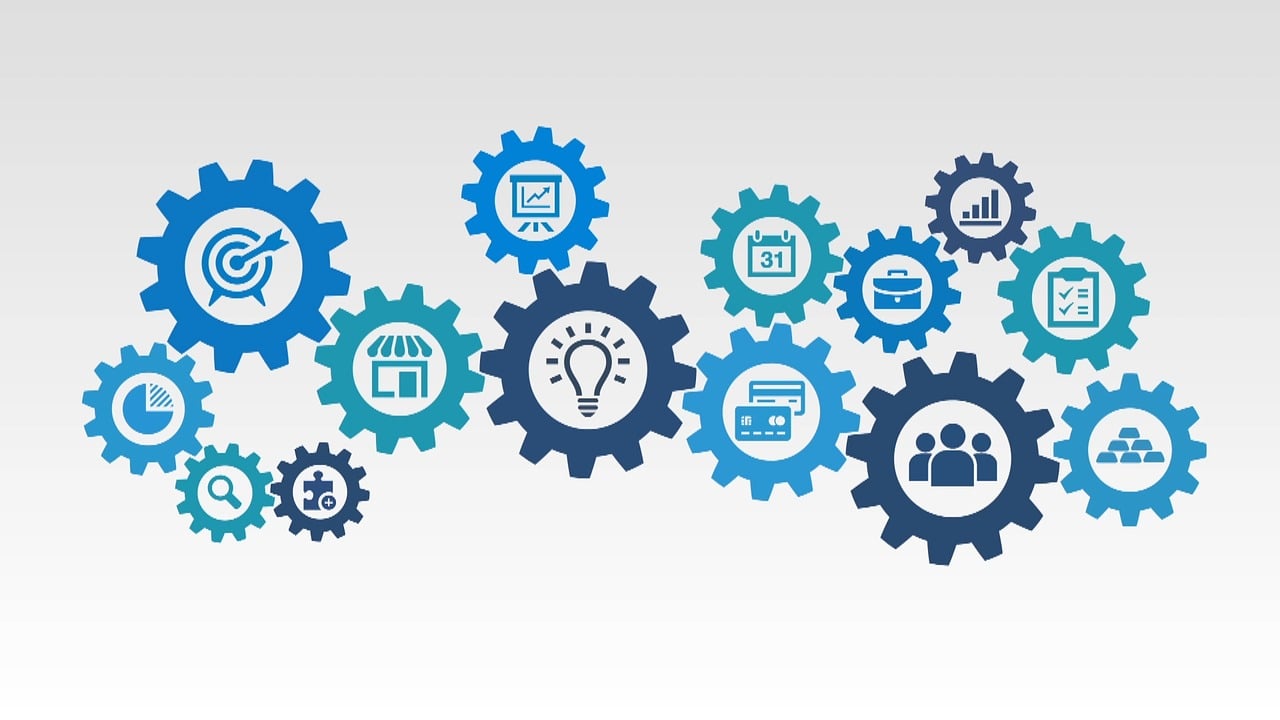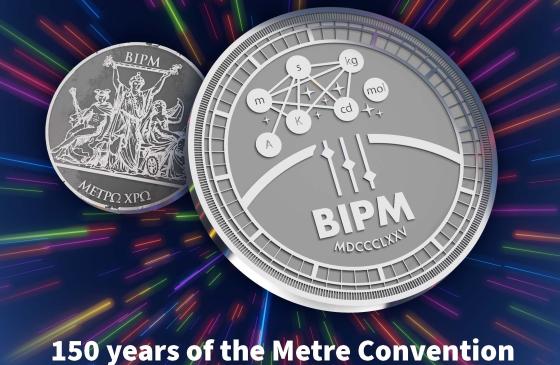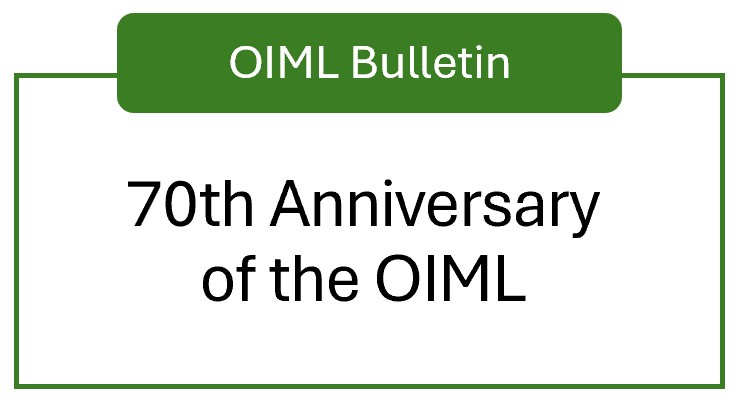OIML-DTG Home page

Introduction
Since May 2022, the OIML Digitalization Task Group (DTG) has supported the OIML in the definition of and preparation for its future in the digital era. The DTG examines relevant matters, technological advances and potential impacts related to the digital transformation of legal metrology.
In this work, the DTG takes account of the main areas of the OIML’s activities (technical work, OIML Certification System (OIML-CS), and activities in support of Countries and Economies with Emerging Metrology Systems (CEEMS)), and the interests of OIML Members and stakeholders.
One general aim of the DTG is to support, promote, and coordinate the international harmonisation and implementation of digital transformation in legal metrology in close cooperation with representatives of international and regional organizations in the scientific and quality infrastructure (QI), based on the respective Joint Statement of Intent.











